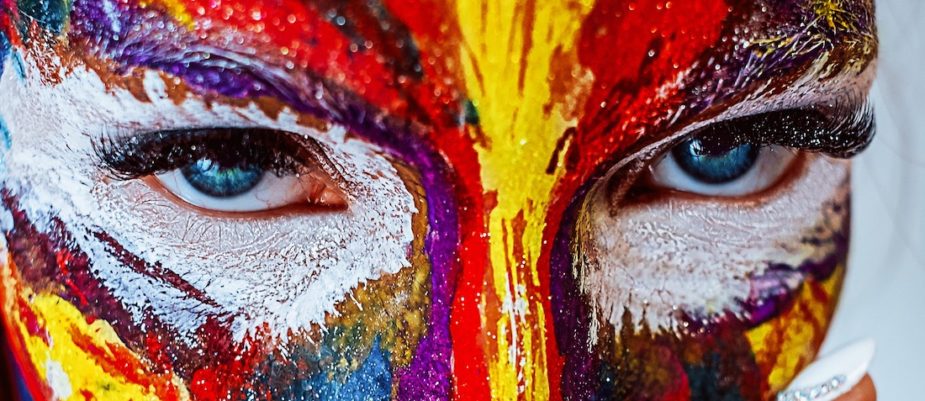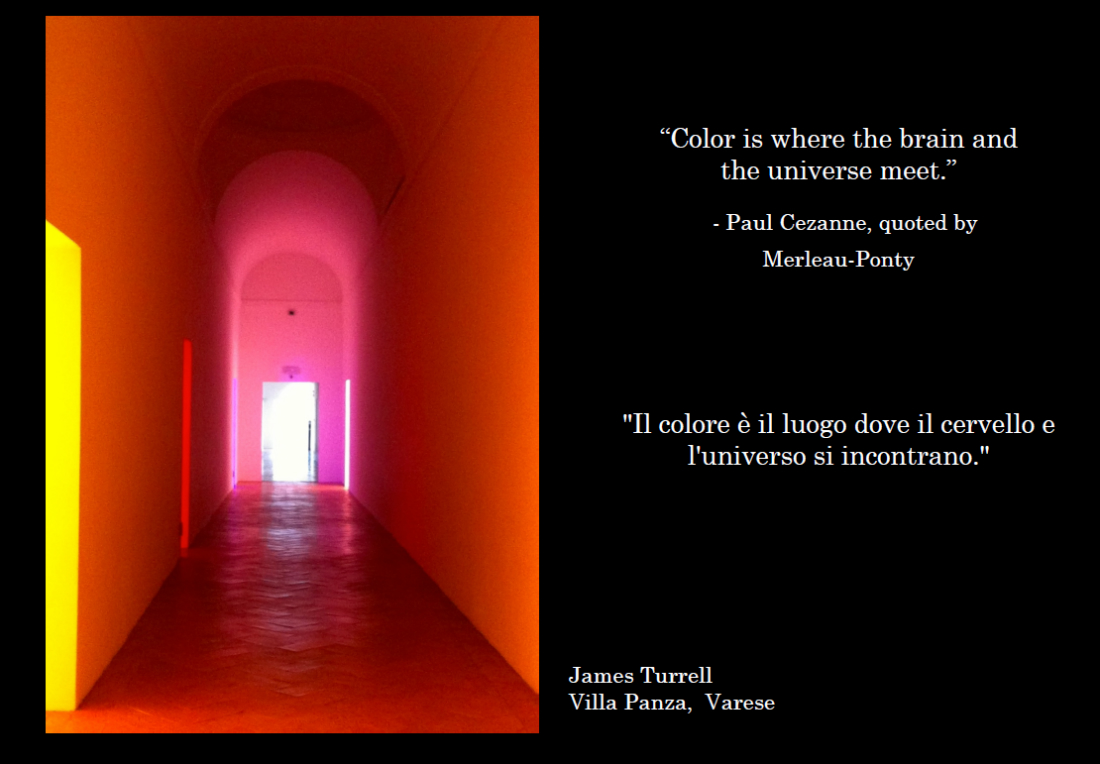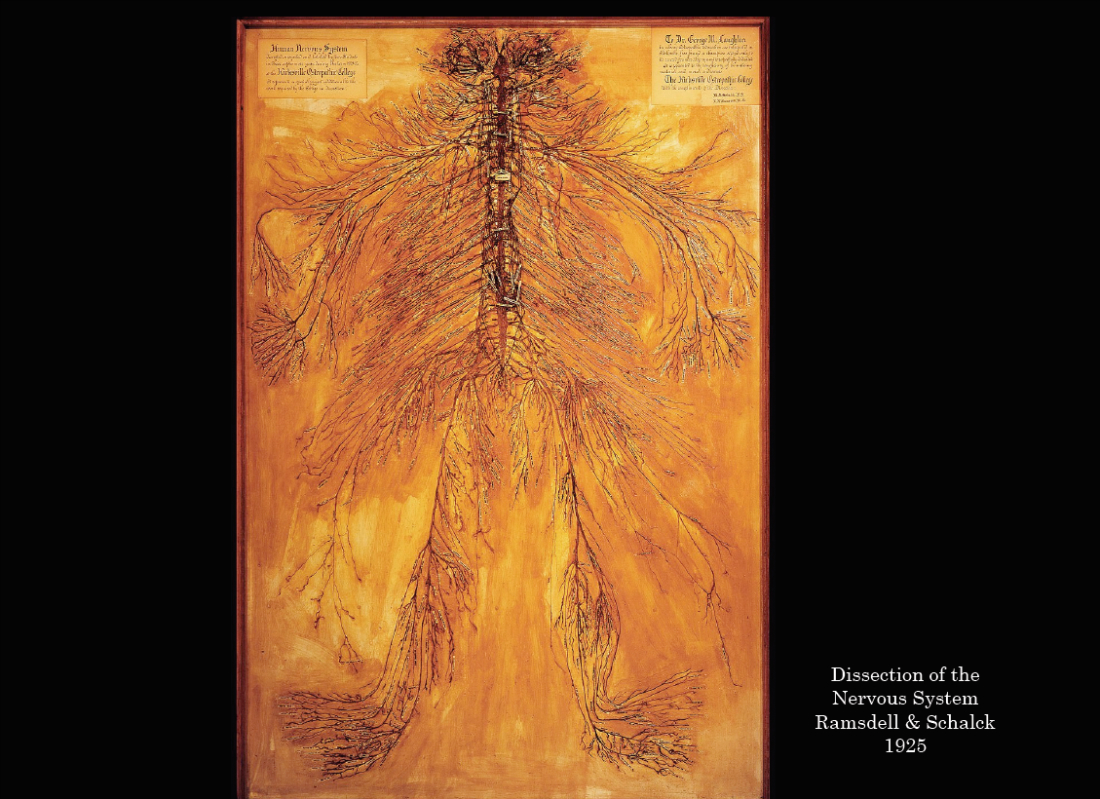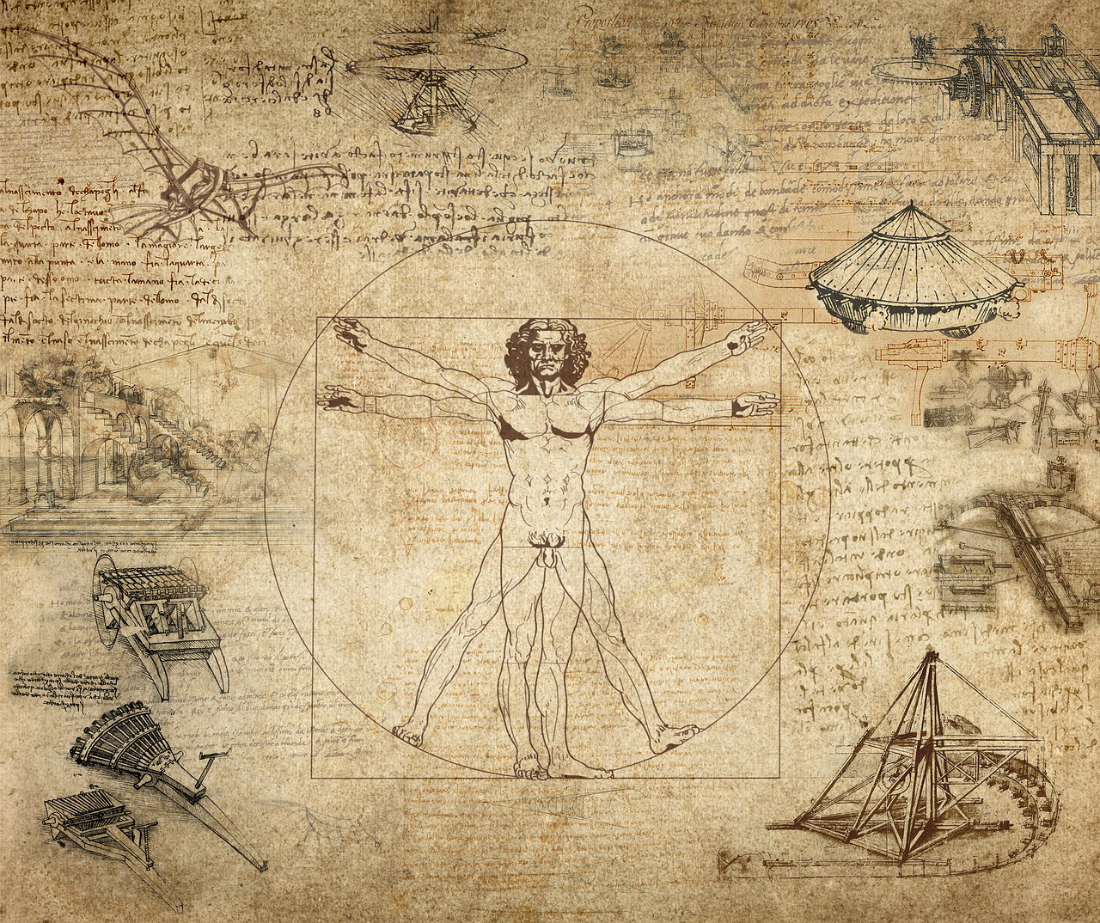
How many building do we build that are perfectly thought for the human body? How can we shape our spaces to adapt them to the nature of our mind and our body? These are the topics Sarah Robinson spoke about with Aldo Bottoli, at the conference “The three body of the colour: inspirations and visions”, organized by Moroso at their showroom in Milan.
The study carried on by Sarah Robinson in her books “Nesting“ and “Mind in Architecture” is based on a philosophical and neuroscientific approach to architecture that shows the profound link between design and emotions. Starting from the work of J.J. Gibson “The ecological approach to visual perception”, Robinson, along with Aldo Bottoli, has given interesting hints about a fruitful and “more natural” relationship among mind, body and environment at the Moroso’s conference “The colour of neuroscience”.
Rediscovering the Renaissance’s body concept.
“The body represents our first and fundamental experience of the world. The Descartes’s separation between mind and body is still alive nowadays and reflected in the contemporary architecture. Body is seen as an object, losing the meaning of “body as the measure of everything and ideal expression of all nature, on which all the proportion of all the buildings must be based”, typical of Vitruvio and the Reinassance”.
Today we are learning that we are not like a robot, but our body is modelled and model itself by and in the environment. Neuroscience and anatomy show how the nervous system is part of all the body, and the brain is just a part of it: the boundaries between body and mind are fading away.
A body that lives dynamically in the environment.
But the body in the Reinassance is static and is objectified. We live dynamically through space and time, getting old change our body that goes and is far beyond the boundaries of our envelope.
The mind is embedded in the body and the body is embedded in the world in a dynamic and interactive way: mind, body and environment are intertwined in a relationship that changes constantly.
What does it mean that we have a synaesthetic relationship with the reality?
The senses are our perceptive system that helps us to resonate with the constant flow of energy coming from the environment all around us. Let’s think about ultrasound for a bat: the acoustic structure plays for it the same role the light has for us. Perception is the research of a meaning of the environment, and colour, from the evolutionary point of view, was crucial to help our surviving, as long as the surviving of all the other species: if the insect had not developed, plants wouldn’t have the bright and magnificent colour they have.

So what is the relationship between colour and the environment?
As Paul Cezanne once said, “Colour is the place where our brain and the universe meet”. The experience of the colour is the dynamic interaction among the lighting conditions and our retina, between wavelengths and our neural network. Our experience of the colour, namely our personal predisposition, is constantly combined with a frame of environmental factors: perceiving the world is, ultimately, perceiving ourselves.
So what is the main defect of our way of designing the space we live in?
“The movement is normal and the fixity is the exception. Our sensorial system has developed for living in a dynamic world and the architects design always static things. We are in the buildings and we never open the windows”, Sarah Robinson concludes. “I’m thinking about this lack of movement: it is a serious loss for me.
Text by Gabriele Masi.


















